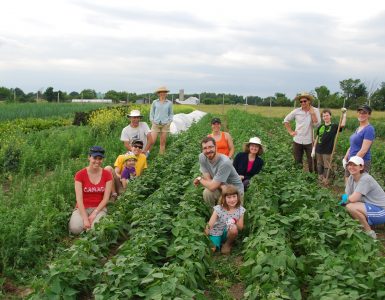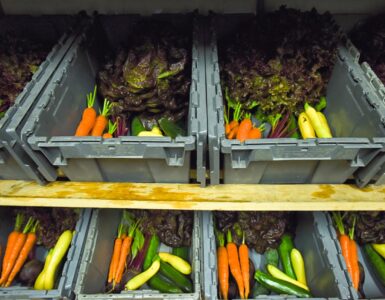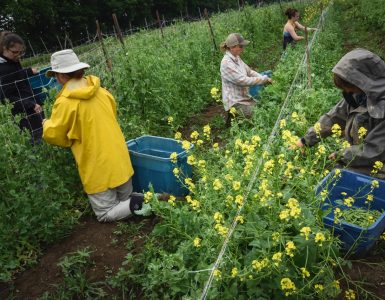If you’re looking for some good summer reading about food and farming, I have something great to recommend. It’s Natasha Bowens’s new book The Color of Food: Stories of Race, Resilience and Farming.
Bowens wrote the book after observing that while local and ecological food movement was growing rapidly, the most visible faces of that movement were almost always white. Wanting to correct that, she raised money to travel 15,000 miles around the US to interview people of colour who work the land.
The Color of Food is the product of that trip; it’s a collection of stories that reflect a profound diversity in food and farming. In the book, Bowens tells the stories of many people and farms using their own words, gathered through her interviews.
The personal stories, and excellent colour photographs throughout, draw the reader in. And with dozens of people and places featured there is always something or someone new and interesting on the next page. There is a story of former sharecroppers in North Carolina, of people in New Orleans rebuilding community food systems after Katrina, of indigenous plant teachings in the Pacific Northwest.
The book also delves into the often complicated relationships that people of colour may have with farming. As Bowens writes: “For many, agriculture can represent deep pain because of the history of slavery, but also because of current land loss, forced migration and oppressive farm labor practices.”
Prior to writing the book, Bowens quit her job in Washington, D.C. and moved to an organic farm. She wanted to be closer to the land and know where her food was coming from. But things weren’t so simple. She writes that “as I began to feel rooted in my life as someone who worked the land, I quickly realized all the cultural and historic baggage that came with that. My father’s ancestors worked in the fields as slaves; in fact, they were slaves owned by my mother’s ancestors. I’m literally the product of ownership and oppression reuniting…”
Though the book is focused on the United States, its stories still have strong resonance here in Canada. Canadians sometimes look at the US history of race relations with a superior attitude. But in the history of farming and race, there are more similarities than differences. Those similarities explain, in part, why the stereotypical image of a farmer is white.
In both Canada and the US, as Bowens writes, indigenous people—who were often skilled farmers and developed many of the crops we take for granted—were pushed off their land, often violently.
During the Second World War, people of Japanese descent were put in prison camps both in both the US and Canada. In the US, Bowens notes, Asian-Americans are now the ethnicity with the lowest farm ownership, in part because many were never able to recover their land after the end of the war.
The situation in Canada was similar. Many people of Japanese heritage were farmers at the beginning of the Second World War. Especially on the west coast, people of Japanese descent chose farming after being forced out of fishing by white commercial fishers who feared their competition.
When the Canadian government started forcing tens of thousands of people of Japanese descent into internment camps, they also confiscated their property. Often their property—including homes and farms—was sold at auction and the money raised was used to fund their imprisonment in the camps.
Continuing into the present day, large fruit and vegetable farms in both Canada and the US often rely on Latin American migrant workers, many of whom lost farmland in their home countries because of foreign policy decisions made by wealthier countries.
Natasha Bowens points out that, in a time when the loss of farmland to development should be a serious concern for everyone, people of colour are losing their land at a rate three times higher than white farmers.
I don’t want you to get the impression from all this that the book is a downer; quite the opposite. While the challenges are real, the stories Bowens tells are exciting, the people she profiles are dynamic, and the book is well worth reading.
You can learn more about it at http://thecolorofood.com/.
Aric McBay is a farmer and author. He lives and works at a mixed family farm with a dairy herd and a vegetable operation.







